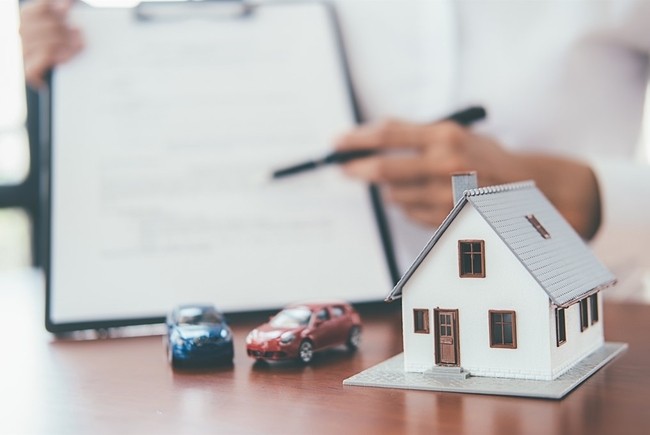With the high risk of burglary and damage resulting from natural disasters, such as lighting and wind, homeowners need an insurance policy to protect them from financial liability. A typical home insurance policy cover damage and destruction to a home’s exterior and interior, personal liability for people injured in the property, and loss or theft of possessions. Home insurance is available in three basic levels; replacement cost, extended replacement cost, and actual cash value. Even though homeowners understand the value of home insurance, most buy a policy without considering these important details.
Mortgage Pre-Approval
Even though the law does not mandate homeowners to have home insurance, most banks and mortgage lenders require proof of insurance for mortgage pre-approval. Some companies, like AJM Mortgage Inc., know that banks and mortgage lenders remain adamant about forcing people to buy home insurance policies to protect their financial interests if the client fails to pay. Therefore, although not mandatory, home insurance is important in mortgage pre-approval, application, and closing. When applying for a mortgage, the lender will ask for a home insurance policy to pay for a rebuild in the event of storm damage or fire. The home insurance policy should cover 100% of its replacement cost for mortgage pre-approval purposes.
Extent of Coverage
Insurance providers offer distinct home insurance policies to homeowners, but a typical policy has the same six coverages that protect your home, belongings, and assets. The six coverages include dwelling, other structures, personal property, additional living expenses, personality liability, and medical payments. A home insurance provider will offer a policy based on your coverage needs, but the most common is HO-3, which provides all-risk coverage for dwelling and protection against property damages. Regardless of the type of home insurance policy, a standard home insurance policy does not cover perils like earthquakes, flooding, routine wear and tear, and intentional acts.
Claim Process
Home insurance providers promise homeowners financial protection if a risk occurs, but the claim process can be complicated and frustrating. Hiring an agent to explain the claim process is important to understand the steps to take when a risk occurs. The claim process usually starts by reporting the claim to fast-track the process. Once the insurance provider is notified about the damage, you will discuss the causes of the damages to establish if the damages are covered in the home insurance policy. The insurance company will then offer a check based on an estimate of the damage within their set timeframes.
A home insurance policy is a must-have for homeowners who want to avoid financial damages resulting from perils. Most homeowners focus on the financial benefits while overlooking the important details that make buying an insurance policy benefits. Understanding the coverage and the claim process will help you choose the type of home insurance for your property.

